Beginner’s Guide To Automotive Primer Application
Ellie Moore
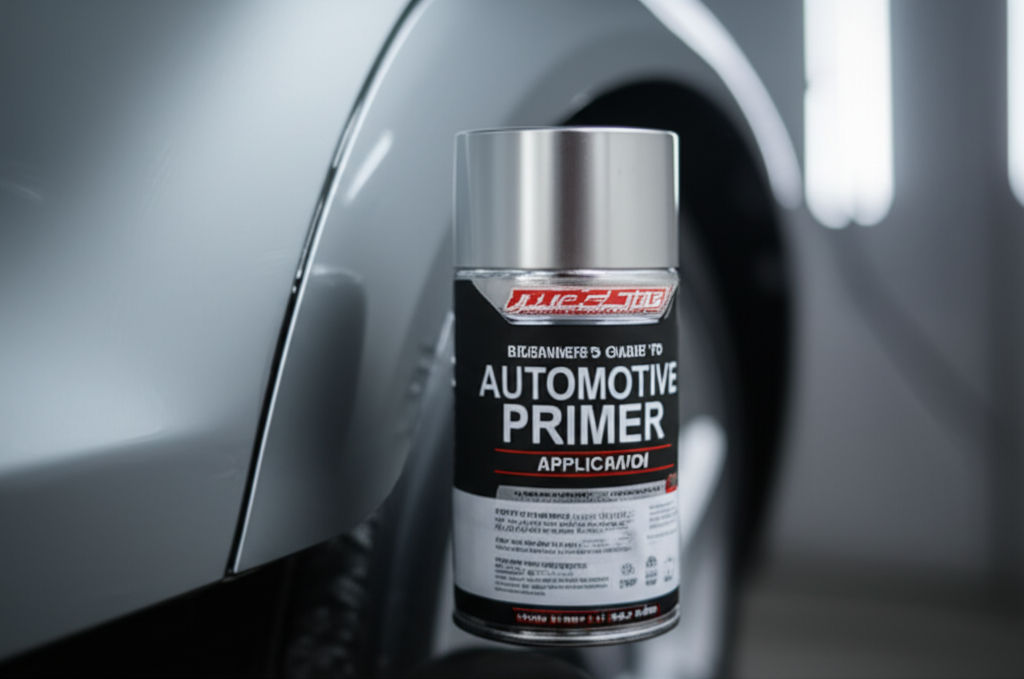
Photo: Master flawless car paint! This guide demystifies automotive primer, covering types & application for stunning, durable finishes. Essential for beginners.
The Foundation of Flawless Finishes: A Beginner’s Guide to Automotive Primer Application
Achieving a professional-quality paint job on your car, whether it's a full restoration or a minor repair, hinges on one often-overlooked yet critical step: proper automotive primer application. Think of primer as the canvas for your automotive masterpiece – without a well-prepared surface, even the most expensive paints will fall short, leading to issues like peeling, bubbling, and an unappeven finish. This comprehensive guide will demystify automotive primer, helping beginners understand its importance, choose the right type, and apply it with confidence for a durable and stunning result.
Why Automotive Primer is Your Paint Job's Best Friend
Many DIY enthusiasts might be tempted to skip primer, viewing it as an unnecessary extra step. However, neglecting this crucial stage is one of the most common car painting mistakes and can lead to significant problems down the line. Automotive primer serves multiple vital functions:
- Enhanced Adhesion: The primary role of primer is to create a strong bond between the raw car body material (metal, filler, fiberglass, or plastic) and the topcoat of paint. Without this bonding agent, paint struggles to adhere, leading to premature chipping and flaking.
- Corrosion Protection: Many primers, especially epoxy-based ones, offer a protective barrier against moisture and environmental elements, significantly reducing the risk of rust and corrosion on bare metal surfaces. This is crucial for the longevity of your vehicle's bodywork.
- Surface Leveling and Filling: Automotive primers, particularly "high-build" or "primer surfacers," are designed to fill minor imperfections like sanding scratches, small dents, and pinholes, creating a perfectly smooth and uniform surface for the final paint layers. This minimizes the appearance of blemishes that would otherwise show through the topcoat.
- Uniform Color Base: Primer provides a consistent, often neutral, color base, ensuring that the final topcoat color appears true and vibrant, without being influenced by the underlying surface color or previous repairs.
Decoding Automotive Primer Types: Choosing Your Weapon
The world of automotive primers can seem complex, with various types each designed for specific applications. Understanding their differences is key to selecting the right product for your project.
Epoxy Primer: The Corrosion Champion
Epoxy primers are renowned for their exceptional corrosion protection and strong adhesion, making them an excellent choice for bare metal surfaces. They contain polyamide and epoxy resins that form a chemically resistant barrier.
- Key Benefits: Superior rust and corrosion resistance, strong adhesion to bare metal, fiberglass, and aluminum, and high durability.
- Best Use: Ideal for initial layers directly over bare metal after rust removal, especially in restoration projects or areas exposed to moisture and harsh chemicals.
- Considerations: Epoxy primers are generally not designed for extensive sanding, as aggressive sanding can compromise their corrosion-inhibiting properties. They have little filling capability compared to other primers.
Urethane Primer (Primer Surfacer/Filler): The Smoother's Choice
Urethane primers, often referred to as primer surfacers or fillers, are a two-part (2K) system mixed with a hardener or activator. They excel at filling imperfections and providing a smooth, sandable surface.
- Key Benefits: Excellent filling capabilities, easy to sand, versatile for various applications, good adhesion, and durability. Many 2K urethane primers are also direct-to-metal (DTM), meaning they can adhere directly to bare metal if needed.
- Best Use: Applied over body filler, existing paint, or epoxy primer to level surfaces and prepare for topcoat application. They are the most common primers used for general auto body repair.
- Considerations: While durable, urethane primers may not offer the same level of corrosion resistance as epoxy primers, especially on bare metal. If used over bare metal, it's often recommended to use an epoxy primer first for optimal rust prevention.
High-Build Primer: The Leveling Expert
High-build primers are a subset of urethane or epoxy primers characterized by their thicker consistency and higher solids content. They are specifically formulated to fill more significant surface irregularities.
- Key Benefits: Exceptional filling capabilities for deep scratches, dents, and uneven surfaces, minimizing the need for extensive body filler work.
- Best Use: When you need to level out substantial imperfections quickly and efficiently.
- Considerations: May require thinning for spray gun application.
Etching Primer: The Bare Metal Bite
Etch primers contain phosphoric acid that "bites" into bare metal surfaces, creating a strong chemical bond for subsequent layers. They often contain zinc phosphate for anti-corrosion properties.
- Key Benefits: Provides excellent adhesion to bare ferrous and non-ferrous metals like steel and aluminum, rapid drying time.
- Best Use: Primarily for new, unpainted bare metal surfaces or areas where rust has been completely removed and you need a quick turnaround.
- Considerations: Applied in a very thin coat; they are not designed to be sanded or to build up the surface. They offer limited corrosion protection in highly corrosive environments. Etch primers are ineffective on previously coated or non-metallic surfaces.
1K vs. 2K Primers: Understanding Components
- 1K (One-Component) Primers: These are ready-to-use formulas that do not require mixing with a hardener. They are convenient for smaller jobs or touch-ups due to their ease of application and faster drying times. However, they generally offer less durability and chemical resistance compared to 2K systems.
- 2K (Two-Component) Primers: These require mixing a base with a hardener/activator just before application. The chemical reaction creates a much harder, more durable, and more resistant coating. Most professional automotive primers (epoxy, urethane, high-build) are 2K systems.
Essential Tools and Materials for Primer Application
Before you begin, gather the following:
- Safety Gear: Respirator mask (NIOSH-approved for paint fumes), safety glasses, nitrile gloves.
- Cleaning Supplies: Automotive-grade degreaser/wax and grease remover, clean lint-free cloths.
- Sanding Supplies: Various grit sandpaper (e.g., 80, 180, 240, 320, 400, 600 grit), sanding blocks (firm and flexible), orbital sander (optional).
- Masking Supplies: Automotive masking tape, plastic sheeting or paper.
- Primer: The appropriate type for your project.
- Mixing Cups/Sticks: For 2K primers, ensure they are calibrated for accurate ratios.
- Spray Gun: HVLP (High Volume Low Pressure) spray gun with appropriate tip size (typically 1.7-2.0mm for primer). Aerosol cans can be used for smaller areas.
- Tack Cloths: For removing dust before spraying.
Step-by-Step Guide to Automotive Primer Application
A successful primer application is all about meticulous preparation and precise technique.
Step 1: Thorough Surface Preparation
This is arguably the most critical step. Any contaminants or imperfections left on the surface will be magnified by the primer and subsequent paint layers.
- Clean the Area: Start by washing the entire vehicle or the specific area with a mild car soap and water to remove loose dirt and grime. Rinse thoroughly and dry with a clean, lint-free cloth.
- Degrease: Apply an automotive-grade wax and grease remover to eliminate any oils, waxes, silicone, or other contaminants that soap and water might miss. Wipe down with a clean lint-free cloth, turning the cloth frequently to avoid spreading contaminants.
- Sanding for Adhesion and Smoothness:
- Heavy Paint Removal/Bodywork: If stripping to bare metal or shaping body filler, start with coarser grits like 80-grit to 180-grit sandpaper.
- Feather-edging/Minor Scratches: For existing paint or minor imperfections, use 240-grit or 320-grit sandpaper to scuff the surface and create a mechanical bond for the primer. The goal is to remove any shine and create a uniform matte finish.
- Block Sanding: Use a sanding block to ensure flat surfaces and smooth transitions. Sand in a consistent pattern.
- Final Clean: After sanding,
Finance & Investment
View All
October 1, 2025
Yahoo Finance Symbol Lookup TipsMaster expert SEO content for 2025. Learn to satisfy user intent & build trust with E-E-A-T to dominate search and drive organic growth.
Ellie Moore
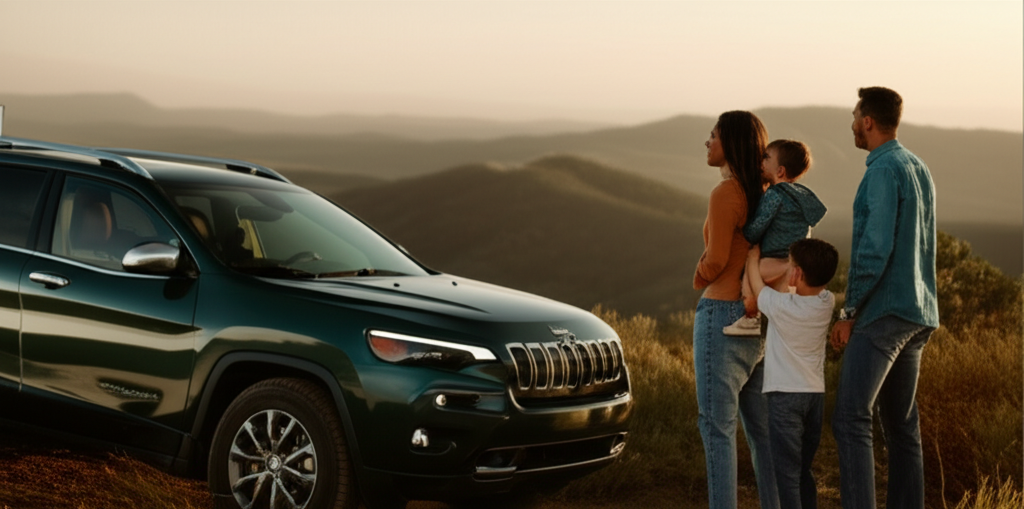
November 18, 2025
Jeep Financing Made AffordableUnlock online success in 2025! Discover how expert SEO content drives rankings, engagement & conversions. Create authoritative, valuable content that truly stan...
Ellie Moore

June 19, 2025
Samsung Finance Options for New BuyersMaster expert SEO content to dominate search results. Discover how to create high-quality, E-E-A-T-driven content that drives organic traffic.
Ellie Moore

March 2, 2025
NYC Finance Services OnlineUnlock online visibility & business growth with expert SEO content. Learn why E-E-A-T builds trust, boosts rankings, and drives conversions.
Ellie Moore

May 3, 2025
Nissan Motor Finance ServicesGo beyond keywords! Learn to craft expert SEO content that leverages E-E-A-T & user intent to rank high, attract traffic, and establish trust.
Ellie Moore

January 10, 2025
Tech-Driven Business Growth TipsLeverage technology to fuel your business growth. Discover the best tools and strategies to scale fast!
Ellie Moore
Insurance
View AllSeparate fact from fiction! Uncover the truth about life insurance myths and make informed decisions for your future.
Ellie Moore
Secure your future with Complete Progressive Insurance Protection. Get unrivaled coverage, optimize rates, and achieve peace of mind against risks.
Ellie Moore
Protect your property from natural disasters. Find out what’s included in insurance policies for floods, earthquakes, and more!
Ellie Moore
Discover how return of premium life insurance works and whether it’s the right choice for you. Understand the benefits and costs!
Ellie Moore
Moving abroad? Learn everything about international health insurance, from coverage options to must-have benefits for expats.
Ellie Moore
Why are millennials delaying life insurance? Explore the trends and factors influencing their decisions.
Ellie Moore
Education
View AllRevive ancient teaching with the Socratic method! Learn how this questioning approach encourages deep thinking and active learning.
Read MoreUnderstand dyslexia and discover effective ways to support dyslexic students in the classroom. Learn proven strategies to improve learning outcomes.
Read MoreDiscover how flipped classrooms work and why they’re becoming popular. Learn the key benefits of this innovative teaching approach.
Read MoreStrong school-community partnerships can drive student success. Discover the benefits and strategies for effective collaboration.
Read MoreShould smartphones be allowed in classrooms? Explore the pros and cons of using smartphones in education and their impact on learning.
Read MoreIs a college degree still worth it? Dive into a detailed analysis of the ROI on higher education, including costs, benefits, and future prospects.
Read MorePopular Post 🔥
View All
1
2
3
4
5
6
7
8
9
10
Health






Automotive
View All
August 30, 2025
Thornton Automotive Experts In Your Area
Find trusted auto repair in Thornton! Learn what defines top-tier automotive experts, from local knowledge to certifications, for peace of mind on the road.
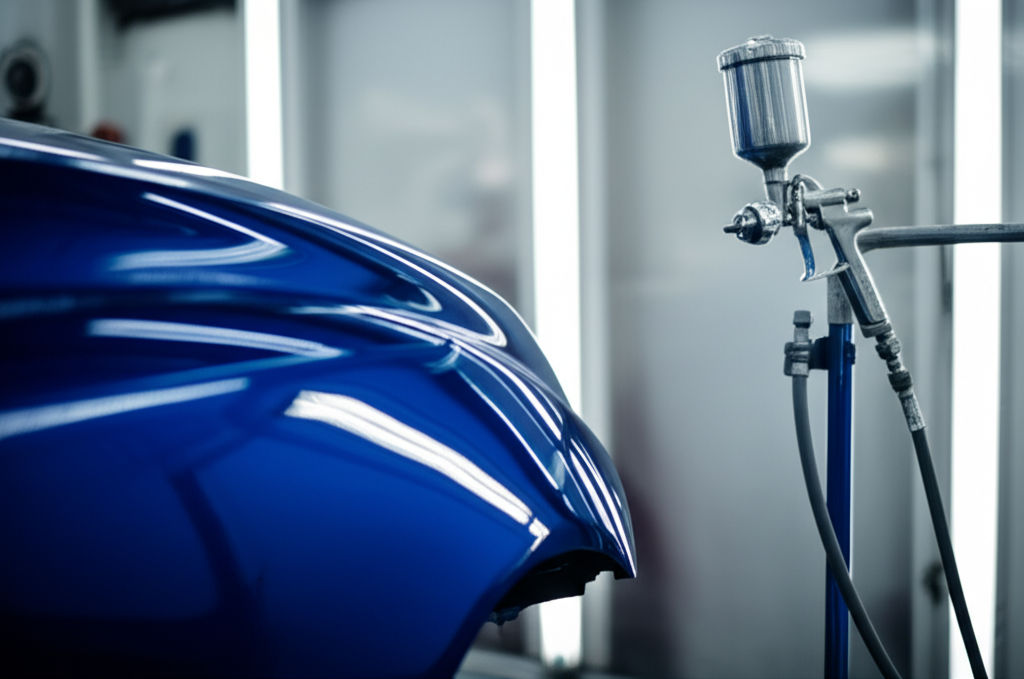
August 2, 2025
Automotive Painter Jobs And How To Get Hired
Drive your career forward! Learn how to get hired as an automotive painter, mastering the art of vehicle refinishing for a rewarding profession.
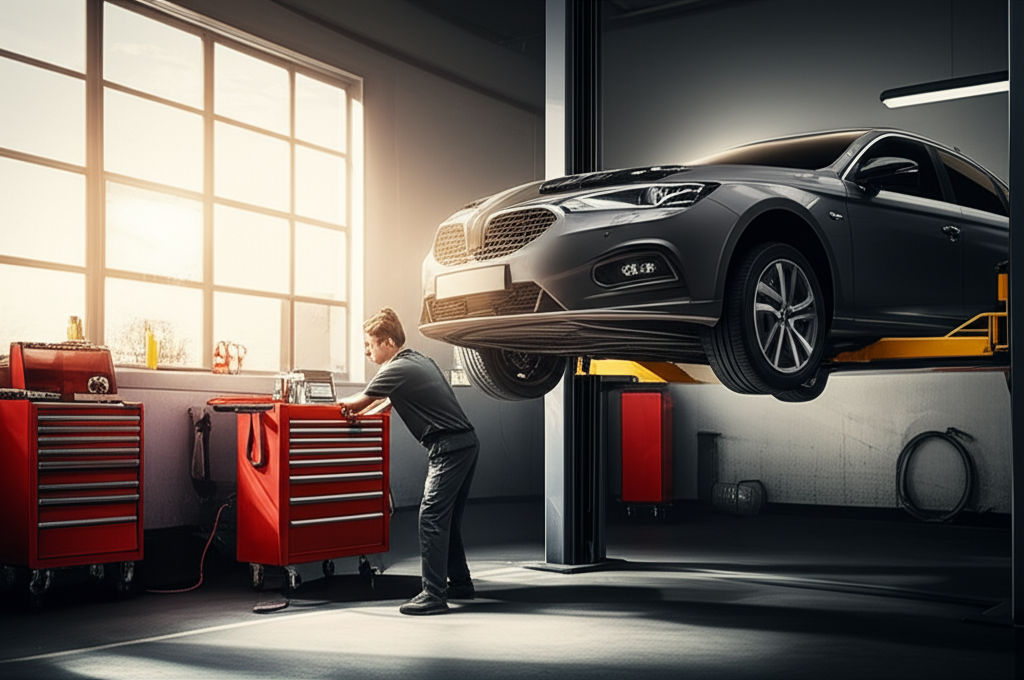
August 19, 2025
B and D Automotive Honest Car Repairs
Tired of auto repair uncertainty? B and D Automotive builds trust with honest, transparent service, fair pricing, and genuine care for your vehicle.
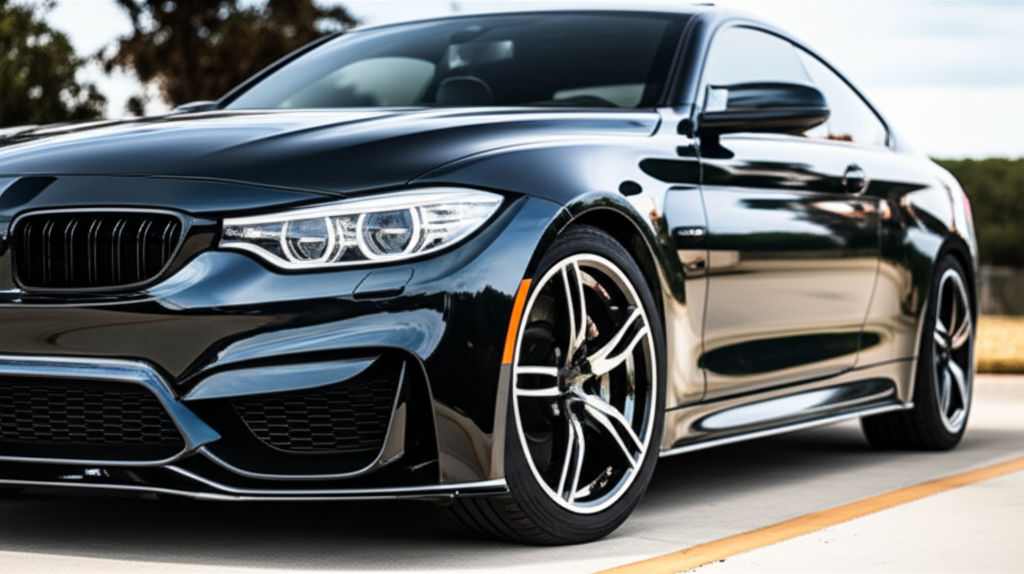
August 14, 2025
All-Fit Automotive Lip Trim For Stylish Cars
Elevate your ride! Discover All-Fit Automotive Lip Trim for instant style, a lowered look, and crucial protection. Universal & affordable.
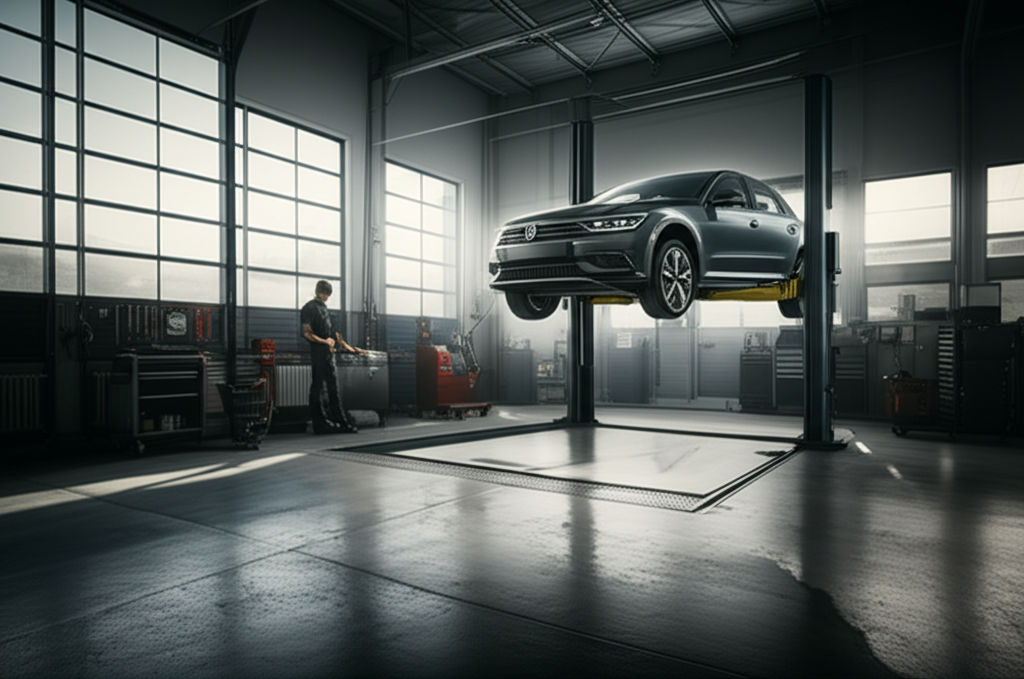
July 17, 2025
JT Automotive Services Worth Checking Out
Unlock peace of mind & vehicle longevity. Discover why choosing the right car care partner, like JT Automotive Services, truly matters.
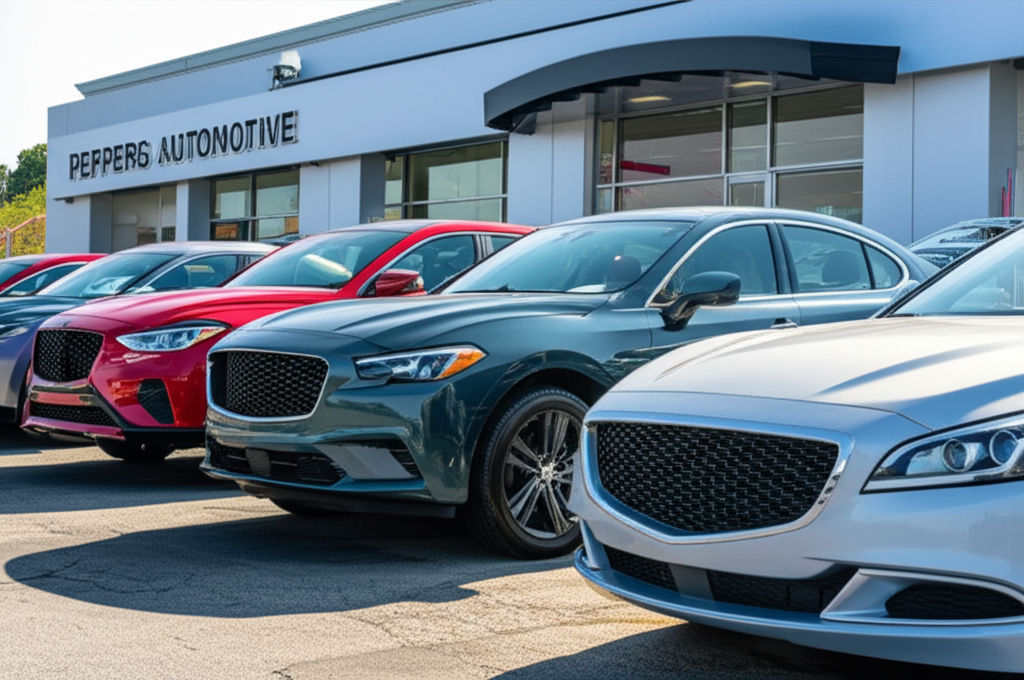
August 27, 2025
Peppers Automotive Paris TN Reviews And Info
Peppers Automotive Paris TN: Your go-to for new & used Toyota, Chevy, GMC, CDJR vehicles & expert service. Find your perfect car or truck today!

















